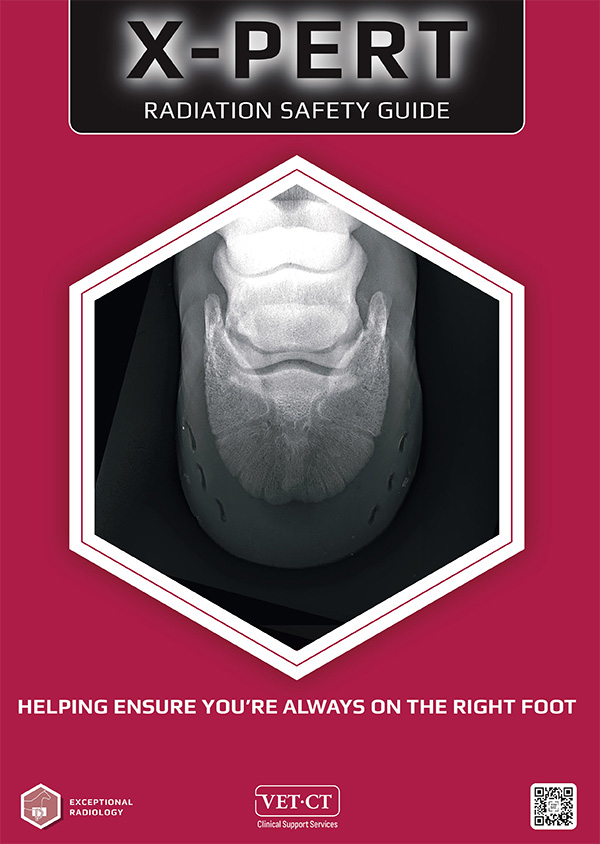Welcome to X-PERT X-PERT X-PERT
RADIATION SAFETY CENTER
Safe imaging is optimal imaging. Lead the way for your practice.
Your Safety Matters Be Radiation Safe
By following these guidelines and maintaining a strong culture of radiation safety awareness in veterinary practice, you can help protect both the health of the staff and the animals under your care.Positioning techniques & tips for acquiring good images
Top Tips for equine radiography to ensure the safety of both the patient and the personnel involved, and to achieve high-quality imaging results. Always follow established safety protocols and best practices when performing equine radiography.
Restraint & Safety
- Ensure your patient is appropriately restrained and sedated if necessary.
- Minimise the number of people in the ‘Controlled Zone’ who may be exposed to radiation.
- Everyone in the Controlled Zone should be over 18 and not pregnant.
- Everyone involved should stand as far from the beam as possible. Limit scatter by collimating as closely as possible.
Safety Aids
- Ensure anyone in the Controlled Zone is wearing appropriate Personal Protective Equipment (PPE). This includes lead gowns, lead gloves if appropriate, and thyroid protectors.
- Dosimeters must also be worn.
- If you are not able to use a plate holder, it is important to wear lead gloves and ensure these are kept out of the primary beam.
Positioning
- The X-ray machine should be positioned on a stand and not hand-held.
- Take time to position the horse, X-ray machine and plate accurately, with the plate perpendicular to the beam and an appropriate (1 metre) distance away.
- Use your exposure chart to get the exposures correct the first time.

